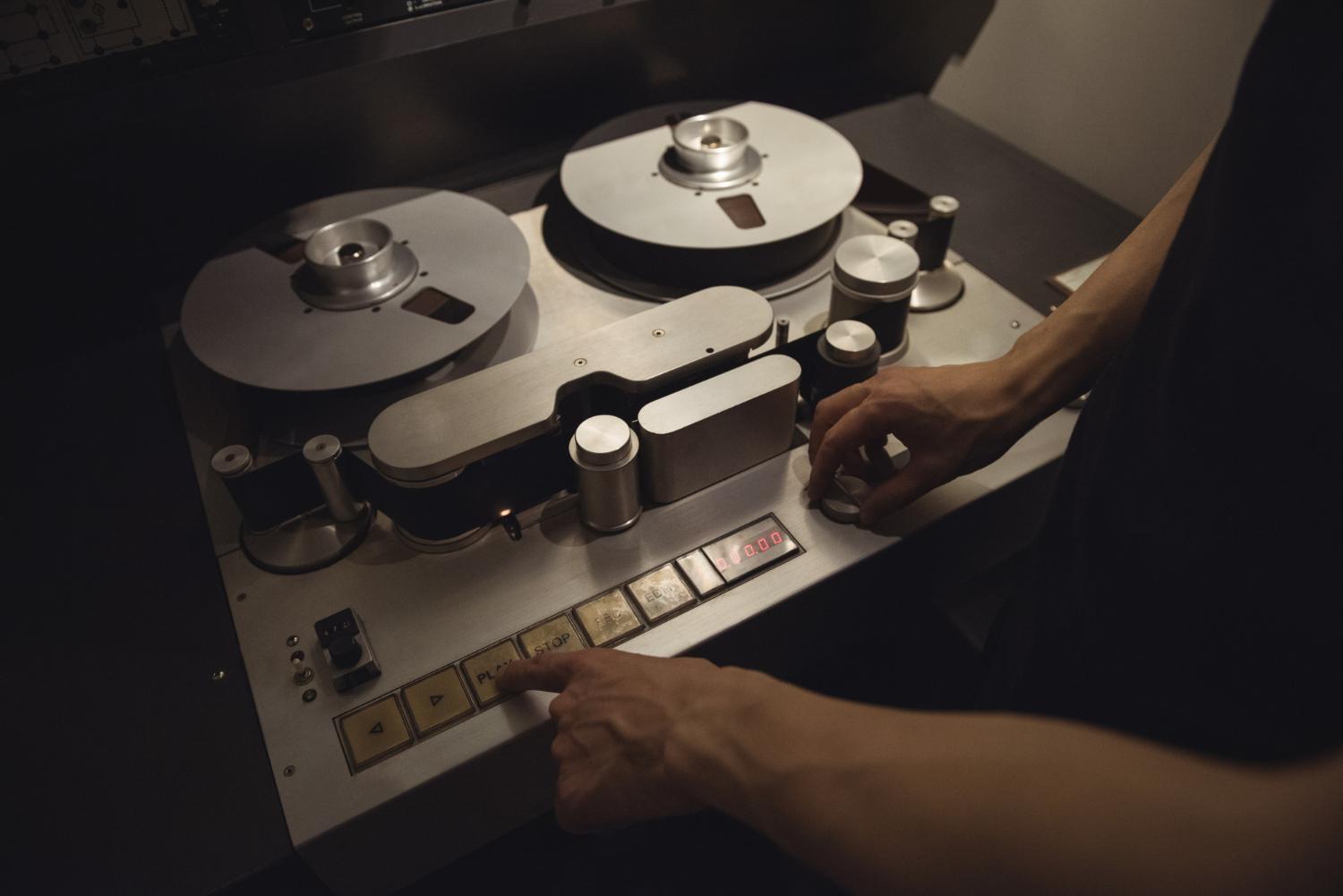Introduction:
Music is a universal language that has evolved throughout history, reflecting the cultural, social, and technological advancements of each era. From the enchanting compositions of classical maestros to the catchy beats of modern hits, music has the power to captivate, inspire, and connect people across time and space. In this comprehensive guide, we will delve into the fascinating journey of music’s evolution, exploring the major milestones, genres, and technological advancements that have shaped the musical landscape. Join us as we embark on a musical odyssey through the centuries, tracing the evolution of music from classical masterpieces to the modern hits that define our contemporary culture.
Table of Contents:
- The Roots of Music: Ancient Beginnings
- The Renaissance of Music: From Medieval Chants to Polyphonic Harmonies
- The Baroque Era: Ornate Compositions and the Birth of Opera
- The Classical Period: Symphonies, Concertos, and the Genius of Mozart and Haydn
- The Romantic Era: Emotion, Individual Expression, and the Rise of Virtuosos
- The Birth of Modern Music: From Jazz and Blues to Rock and Roll
- The Influence of Technology: From Vinyl to Digital Revolution
- Pop Music and the Digital Age: The Rise of Mass Appeal and Globalization
- Exploring Genres: From Hip-Hop to Electronic Music
- Conclusion
- The Roots of Music: Ancient Beginnings:
- Music has its origins in ancient civilizations, where it served a significant role in religious rituals, cultural traditions, and storytelling. Ancient Mesopotamia, Egypt, Greece, and other civilizations developed musical instruments, scales, and early notation systems. Music was intertwined with daily life, expressing emotions, invoking spirituality, and preserving cultural heritage.
- The Renaissance of Music: From Medieval Chants to Polyphonic Harmonies:
- The Renaissance witnessed a remarkable shift in musical composition and style. The focus moved away from the monophonic chants of the medieval era to polyphonic harmonies. Composers experimented with intricate vocal and instrumental arrangements, creating captivating works that showcased the beauty of multiple melodic lines intertwining harmoniously. Composers such as Palestrina and Josquin des Prez became renowned for their polyphonic compositions.
- The Baroque Era: Ornate Compositions and the Birth of Opera:
- The Baroque era, spanning the 17th and early 18th centuries, saw the rise of ornate compositions and the birth of opera. Composers like Johann Sebastian Bach and George Frideric Handel crafted grand and elaborate musical pieces. The era was characterized by virtuosic instrumental performances, intricate counterpoint, and the use of basso continuo. Opera emerged as a dramatic art form that combined music, singing, acting, and stagecraft, captivating audiences with its emotional power and storytelling.
- The Classical Period: Symphonies, Concertos, and the Genius of Mozart and Haydn:
- The Classical period, from the mid-18th to the early 19th century, brought a shift towards simplicity, balance, and structure. Composers such as Wolfgang Amadeus Mozart and Joseph Haydn contributed significantly to this period. They composed symphonies, concertos, chamber music, and sonatas that showcased a refined sense of melody, clear structures, and delicate emotional expression. The Classical period’s emphasis on elegance and emotional restraint laid the foundation for future musical developments.
- The Romantic Era: Emotion, Individual Expression, and the Rise of Virtuosos:
- In the Romantic era, spanning the 19th century, music became a vehicle for intense emotional expression and individuality. Composers such as Ludwig van Beethoven, Frédéric Chopin, and Franz Liszt pushed the boundaries of musical conventions, infusing their compositions with deep emotions, rich harmonies, and technical virtuosity. Romantic music embraced the exploration of personal feelings, nature, and the supernatural, leading to the rise of symphonic poems, expressive lieder, and grandiose orchestral works. This era also saw the emergence of virtuoso performers, who showcased their technical brilliance and individual interpretations.
- The Birth of Modern Music: From Jazz and Blues to Rock and Roll:
- The 20th century brought a seismic shift in music with the emergence of new genres that challenged traditional norms. Jazz and blues, born out of African American musical traditions, brought improvisation, syncopated rhythms, and expressive vocal styles to the forefront. These genres influenced the development of swing, bebop, and other jazz subgenres. Additionally, the electrification of instruments and the amplification of sound gave rise to rock and roll, which combined elements of blues, rhythm and blues, and country music. Artists such as Chuck Berry, Elvis Presley, and The Beatles defined the sound of this era and set the stage for the popular music revolution that followed.
- The Influence of Technology: From Vinyl to Digital Revolution:
- Technological advancements played a vital role in shaping the music industry. The introduction of recorded music on vinyl records revolutionized the way music was produced, distributed, and consumed. It allowed for mass production, wider accessibility, and the preservation of performances. Later, the advent of tape recording, compact discs (CDs), and digital formats transformed the industry even further. Digital revolution and the internet made music easily accessible, enabling instant sharing, streaming platforms, and online distribution. This digital landscape continues to evolve, shaping how we discover, enjoy, and share music.
- Pop Music and the Digital Age: The Rise of Mass Appeal and Globalization:
- Pop music, with its catchy melodies, relatable lyrics, and mass appeal, gained prominence in the second half of the 20th century. The digital age further propelled the global reach of pop music, allowing artists to reach audiences worldwide. Artists like Madonna, Michael Jackson, and Beyoncé became cultural icons, shaping the sound, style, and performance aesthetics of their respective eras. Pop music became a powerful tool for social commentary, self-expression, and connecting people across borders.
- Exploring Genres: From Hip-Hop to Electronic Music:
- The modern music landscape is a vast and diverse tapestry of genres and subgenres. Hip-hop, emerging in the 1970s, became a voice for marginalized communities, expressing social and political issues through rap, beats, and sampling. Electronic music transformed the sonic landscape, embracing synthesizers, drum machines, and computer-based production techniques to create innovative and immersive soundscapes. Other genres like R&B, country, alternative rock, and world music continue to evolve, fuse, and inspire new musical directions.
Conclusion: The evolution of music is a remarkable journey that spans centuries, cultures, and technological advancements. From the ancient beginnings to the classical and romantic eras, to the birth of modern music and the digital age, music has continuously evolved, adapted, and reinvented itself. It has been shaped by the creativity and genius of composers, the influence of cultural and social movements, and the advancements in technology. Today, music continues to transcend boundaries, connecting people, telling stories, and reflecting the ever-changing human experience. As we explore the evolution of music, we appreciate the richness, diversity, and universal language that music brings to our lives.




